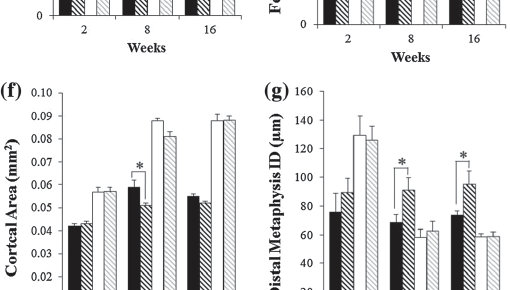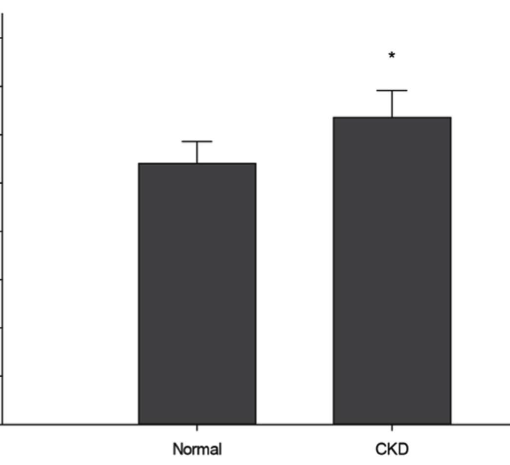Abstract
The reference point indentation (RPI) method is a microindentation technique involving successive indentation cycles. We employed RPI to measure average stiffness (Ave US), indentation distance increase (IDI), total indentation distance (TID), average energy dissipated (Ave ED), and creep indentation distance (CID) of swine femoral cortical bone (mid-diaphysis) as a function of age (1, 3.5, 6, 14.5, 24, and 48 months) and loading directions (longitudinal and transverse). The Ave US increases with animal age, while the IDI, TID, Ave ED, and CID decrease with age, for both longitudinal (transverse surface) and transverse (periosteal surface) loading directions. Longitudinal measurements generally give higher Ave US and lower IDI and TID values compared to transverse measurements. The RPI measurements show similar trends to those obtained using nanoindentation test, and ash and water content tests.
https://www.ncbi.nlm.nih.gov/pubmed/23676290
J Biomech. 2013 Jun 21;46(10):1689-96. doi: 10.1016/j.jbiomech.2013.04.003. Epub 2013 May 13.




